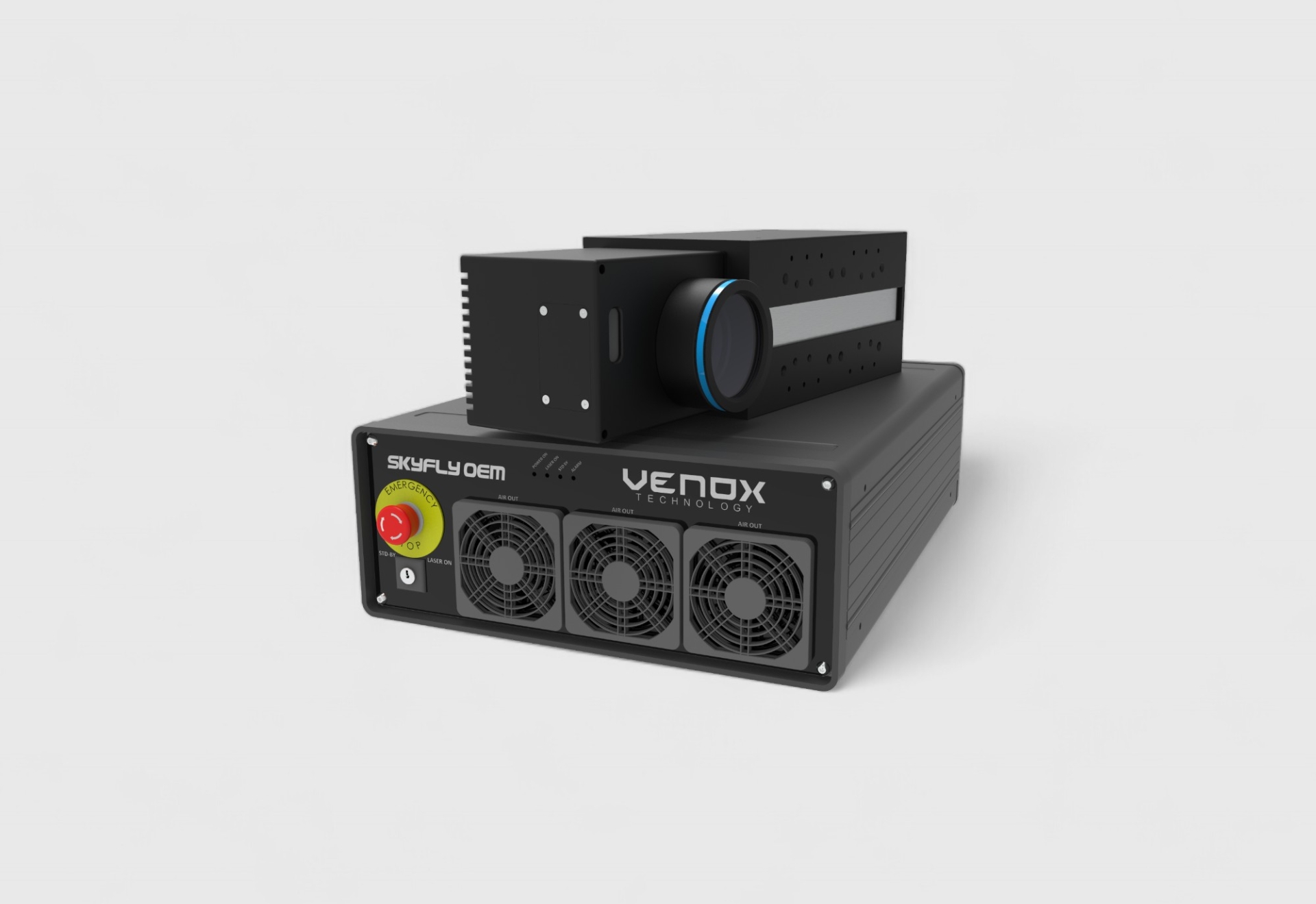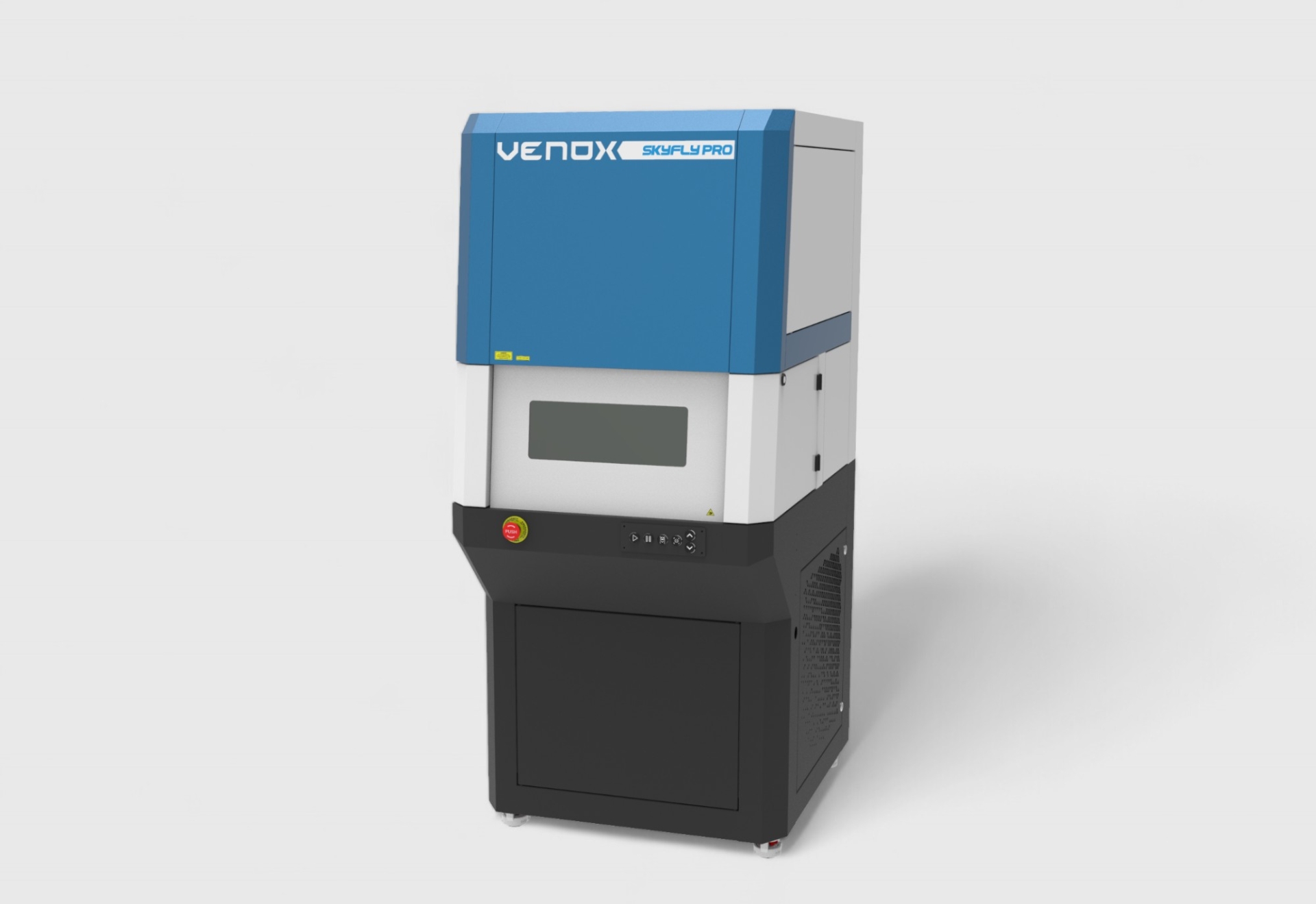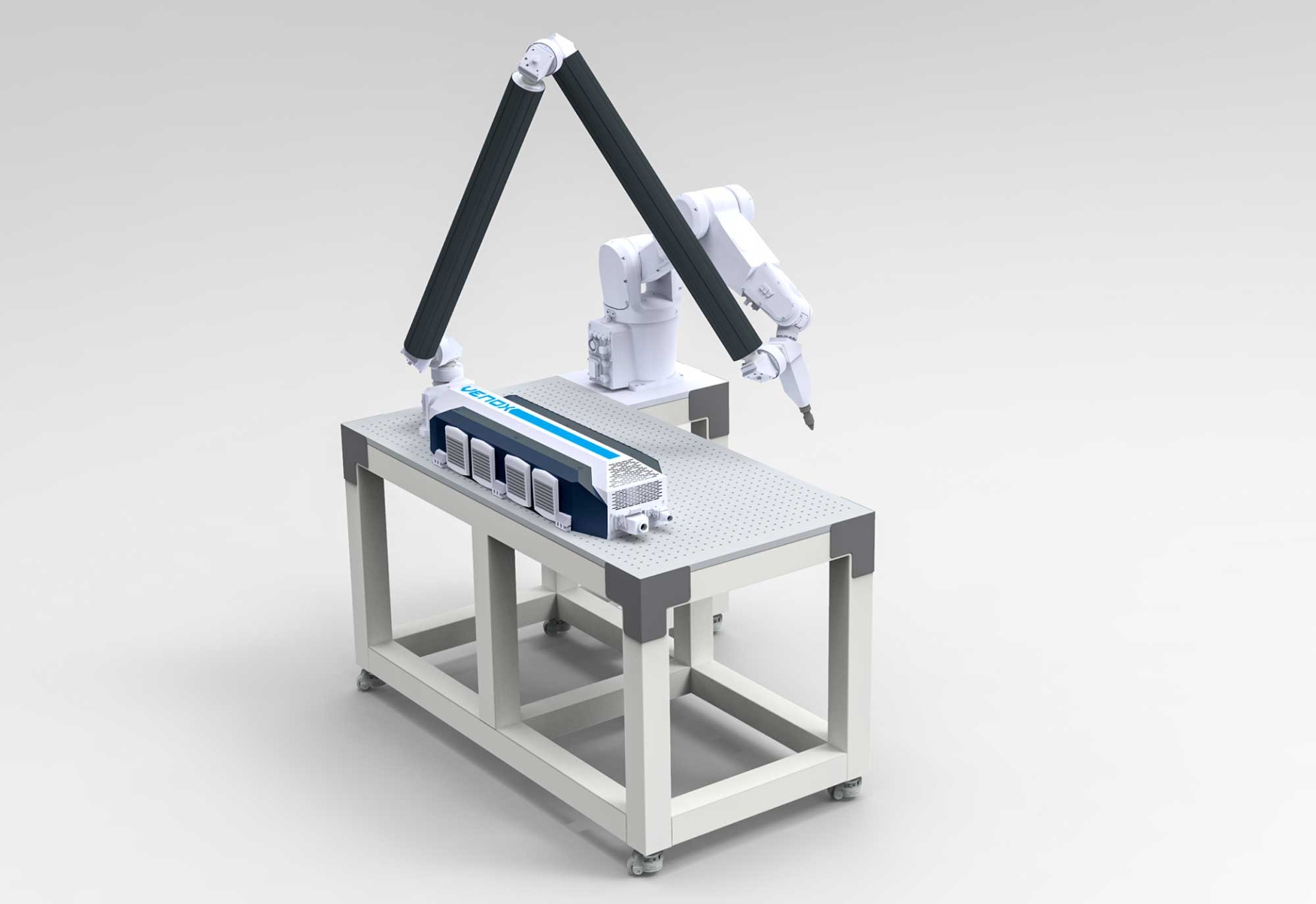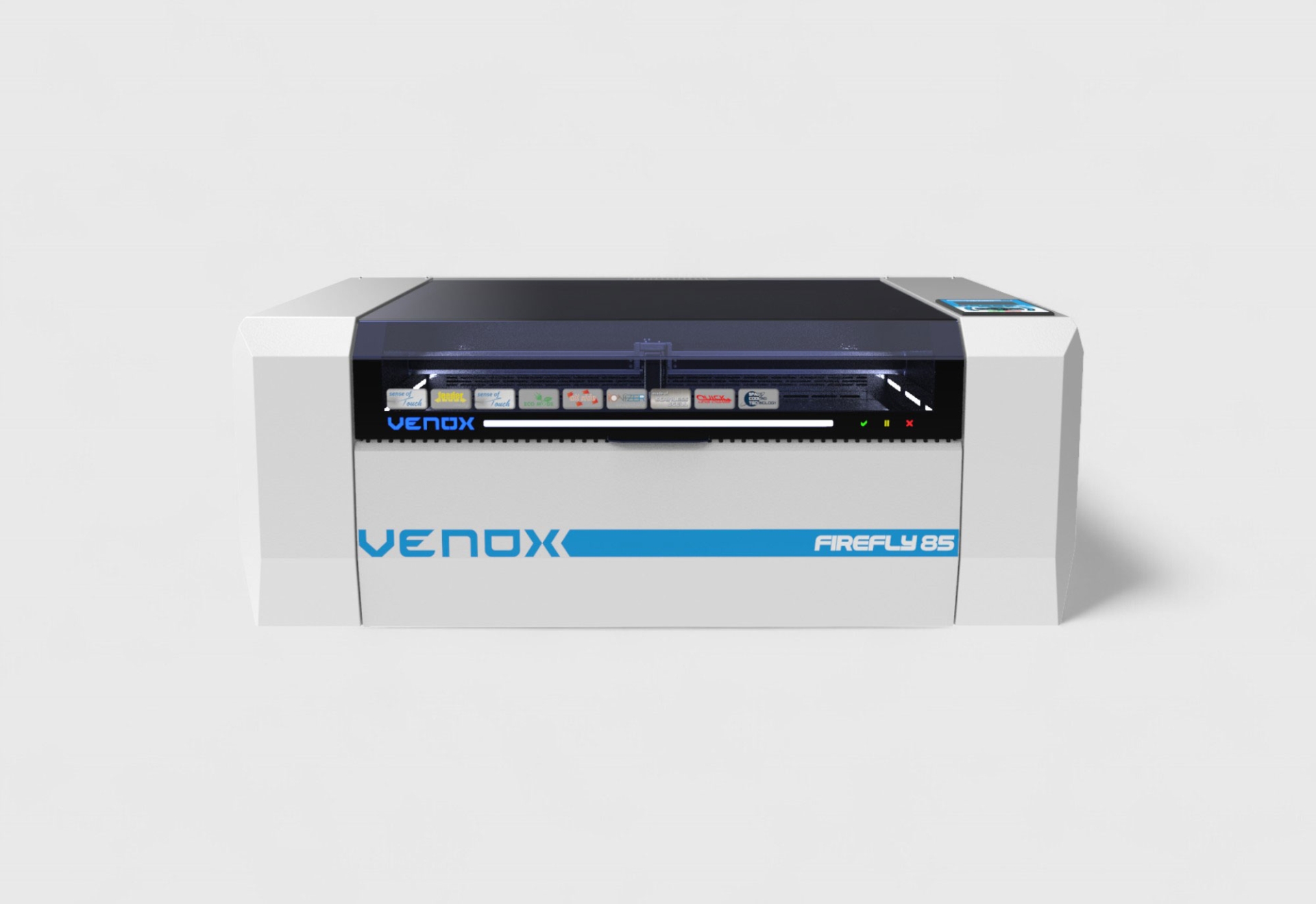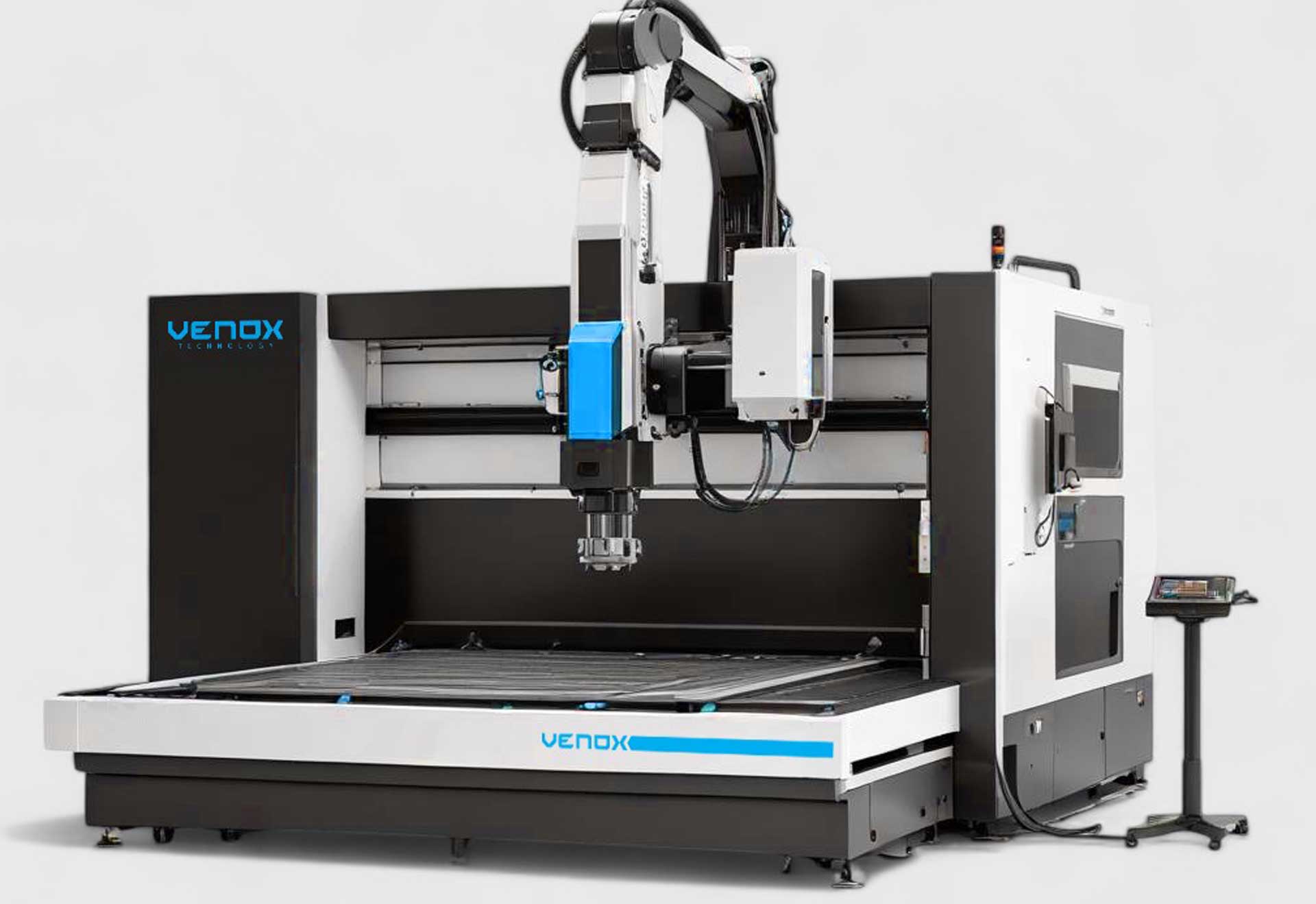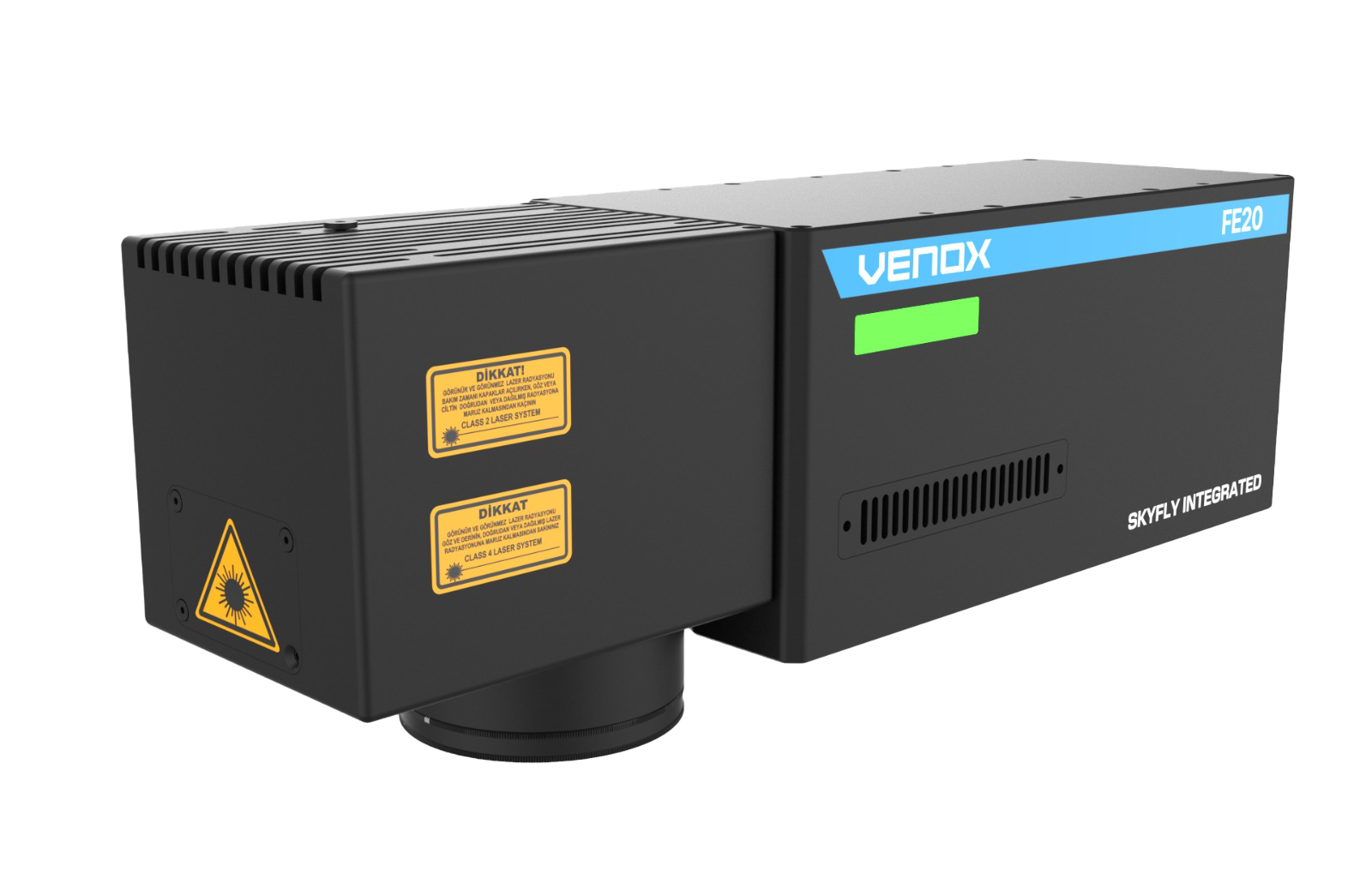What Is Laser Paint Removal?
Definition
Laser paint removal is the process of removing the paint layer from metal or plastic surfaces by applying a laser beam in a controlled manner. This method is used to create clean, high-contrast, and permanent markings on the surface.
Working Mechanism
The laser beam is focused on the paint layer, removes the paint with micron-level precision, and reveals the underlying surface. In this way, logos, text, barcodes, QR codes, or patterns can be processed clearly.
Advantages of Laser Paint Removal
Clean and Precise Processing
Only the specified area of the surface is affected; the remaining parts are not damaged. This feature provides a major advantage in precision manufacturing.
No Chemical Use
There is no need for solvents or abrasive substances used in traditional paint removal methods. This method is environmentally friendly.
Permanent and Durable Marking
Since the paint layer is completely removed, the markings are long-lasting and do not fade.
Flexible Design
Different patterns, logos, and data can be easily applied with CAD/CAM software. Design changes can be made quickly.
Applications
Automotive Industry
Using the laser removal method on painted metal parts, serial numbers, chassis codes, and logos can be processed.
Electronics
Barcode and QR code marking is applied on painted aluminum surfaces. It is especially preferred on device enclosures.
Advertising and Decoration
With the laser removal method, aesthetic markings are made on signs, decorative panels, and personalized gifts.
Medical Sector
On painted medical devices, laser removal provides permanent markings suitable for sterile environments.
Laser Paint Removal Methods
Selective Removal
Paint is removed only from specific areas, making the underlying surface appear with high contrast.
Full Coating Removal
The entire paint layer is removed, leaving the surface bare. This method is preferred before recoating.
Multi-Layer Paint Removal
On surfaces with multiple paint layers, the layers can be removed gradually.
Technical Specifications
Laser Type
Fiber lasers and CO₂ lasers are generally used. Fiber lasers are more suitable for metals, while CO₂ lasers are better for plastics and organic materials.
Precision
Operates with micron-level precision, enabling clear processing of small details.
Marking Area
There are different working area options ranging from 110x110 mm to 300x300 mm.
Automation Integration
Can be integrated with in-line laser marking systems for use on mass production lines.
Machine Selection Criteria
Paint Type
The laser should be selected according to different coating types such as acrylic, epoxy, or powder paint.
Material Type
If the underlying surface is metal, a fiber laser is recommended; for plastic or organic surfaces, CO₂ laser machines are preferred.
Production Capacity
Compact machines are suitable for low-volume jobs; for high-volume mass production, industrial machines are appropriate.
Quality and Readability
Machines with high resolution and vision system support provide markings with high readability.
